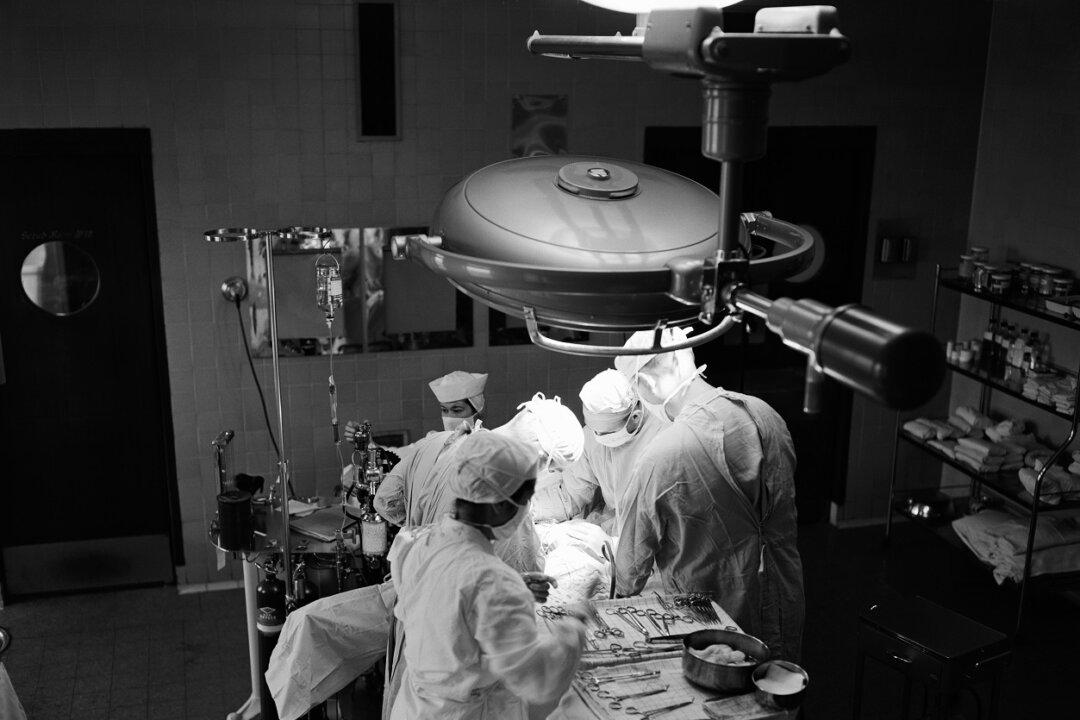Commentary
Think about this frightening scenario: You are seriously ill or disabled, perhaps mentally ill. You become suicidal. Assisted suicide and euthanasia are legal, so you ask your doctor to end your life.

Think about this frightening scenario: You are seriously ill or disabled, perhaps mentally ill. You become suicidal. Assisted suicide and euthanasia are legal, so you ask your doctor to end your life.